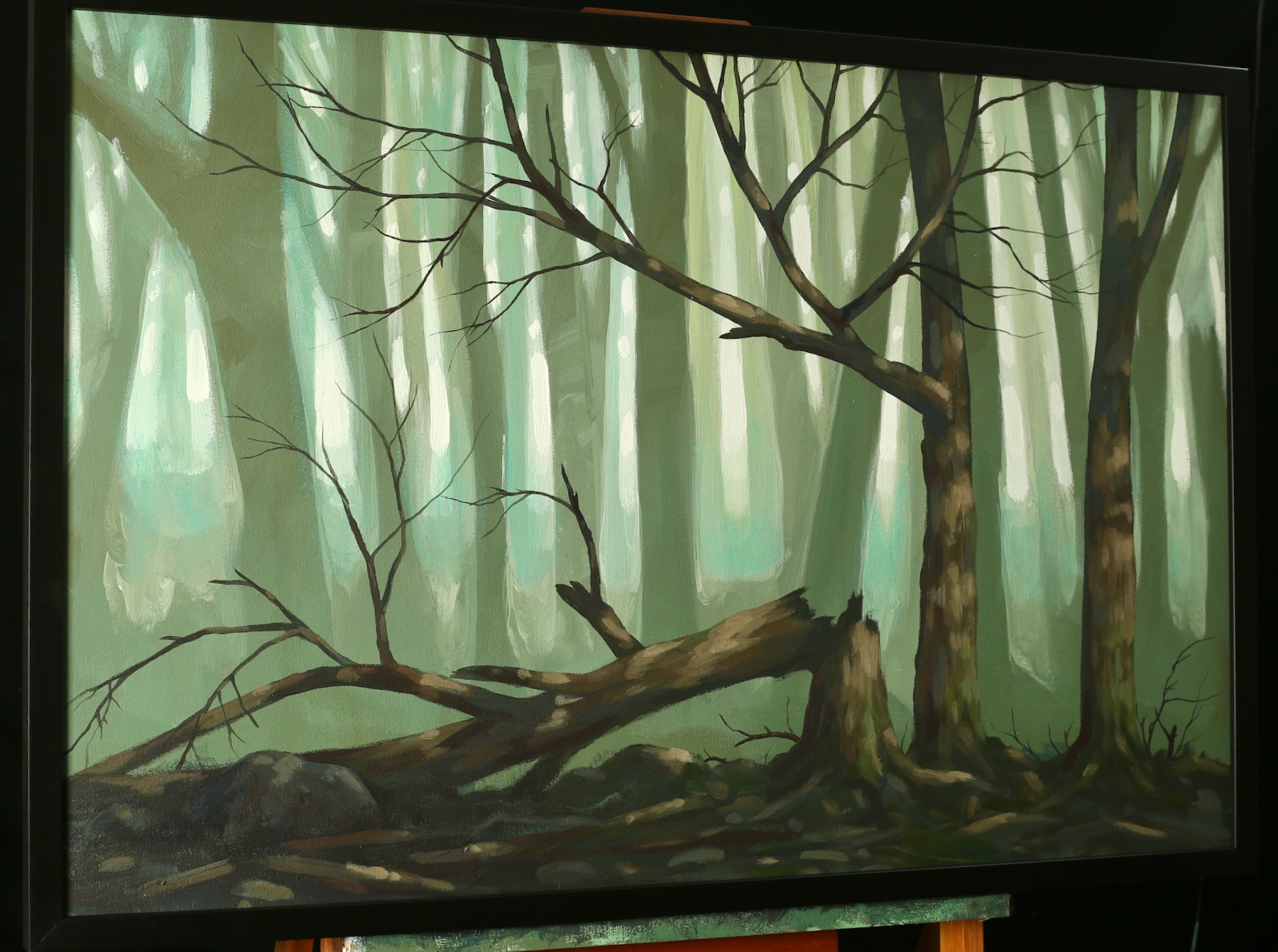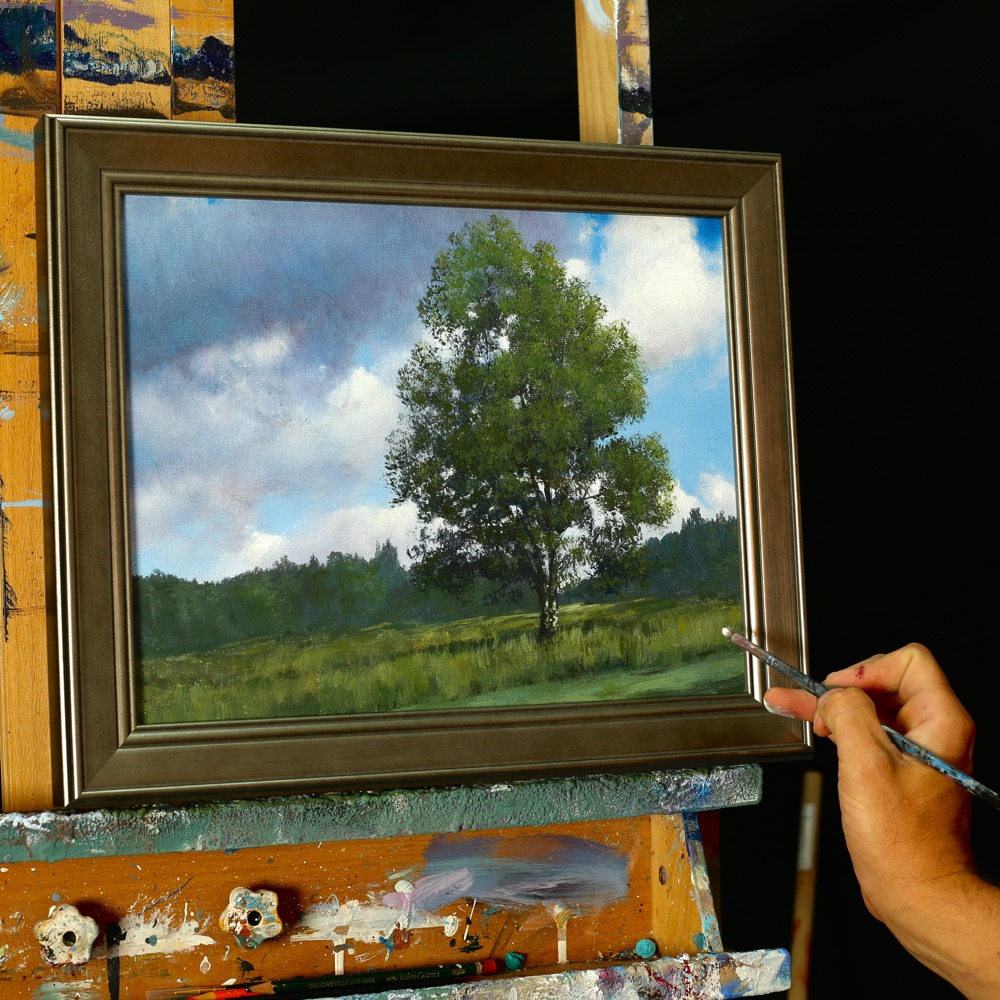Watch this video on some tips to make your acrylic paint look like oil paint
More tips to make your acrylics look like oils
Acrylic paints and oil paints have different properties and techniques that are used to create paintings. However, it is possible to make acrylic paints look like oil paints. Here are some tips that can help you achieve the oil painting effect with acrylic paints:
1. Use a slow-drying medium: Slow-drying mediums extend the drying time of acrylic paints, which will give you more time to blend and manipulate the paint on the canvas. You can find slow-drying mediums at art supply stores or online.
2. Build up the layers: One of the characteristics of oil paintings is the ability to build up thick layers of paint, which creates depth and texture. To achieve this look with acrylics, work on building up several thin layers of paint, instead of applying one thick layer.
3. Use a palette knife: Palette knives can be used to spread and mix the paint, which will create a more textured and impasto effect. When using a palette knife, make sure to apply the paint in thin layers, as thick layers can crack when they dry.
4. Experiment with glazing: Glazing is a technique that involves adding a transparent layer of paint over a dried layer of paint. This technique can create a rich and luminous effect, similar to oil paintings. Experiment with different colors and layering techniques to see what works best for your painting.
5. Practice blending: Blending is another technique that is commonly used in oil paintings. To blend acrylic paints, use a dry brush to lightly smooth out the edges and blend the colors together.
In conclusion, while acrylic paints and oil paints have different properties and techniques, you can still achieve a similar look with acrylic paints by following these tips. Practice, experimentation and patience are key to success in creating paintings that look like oil paintings with acrylics.


